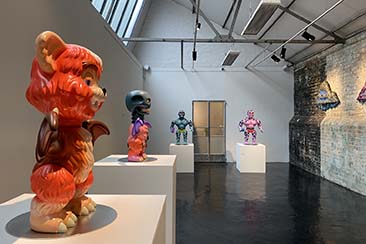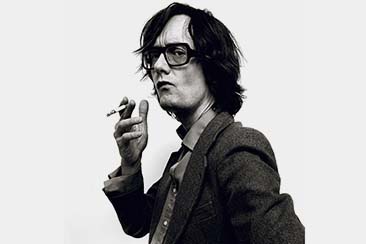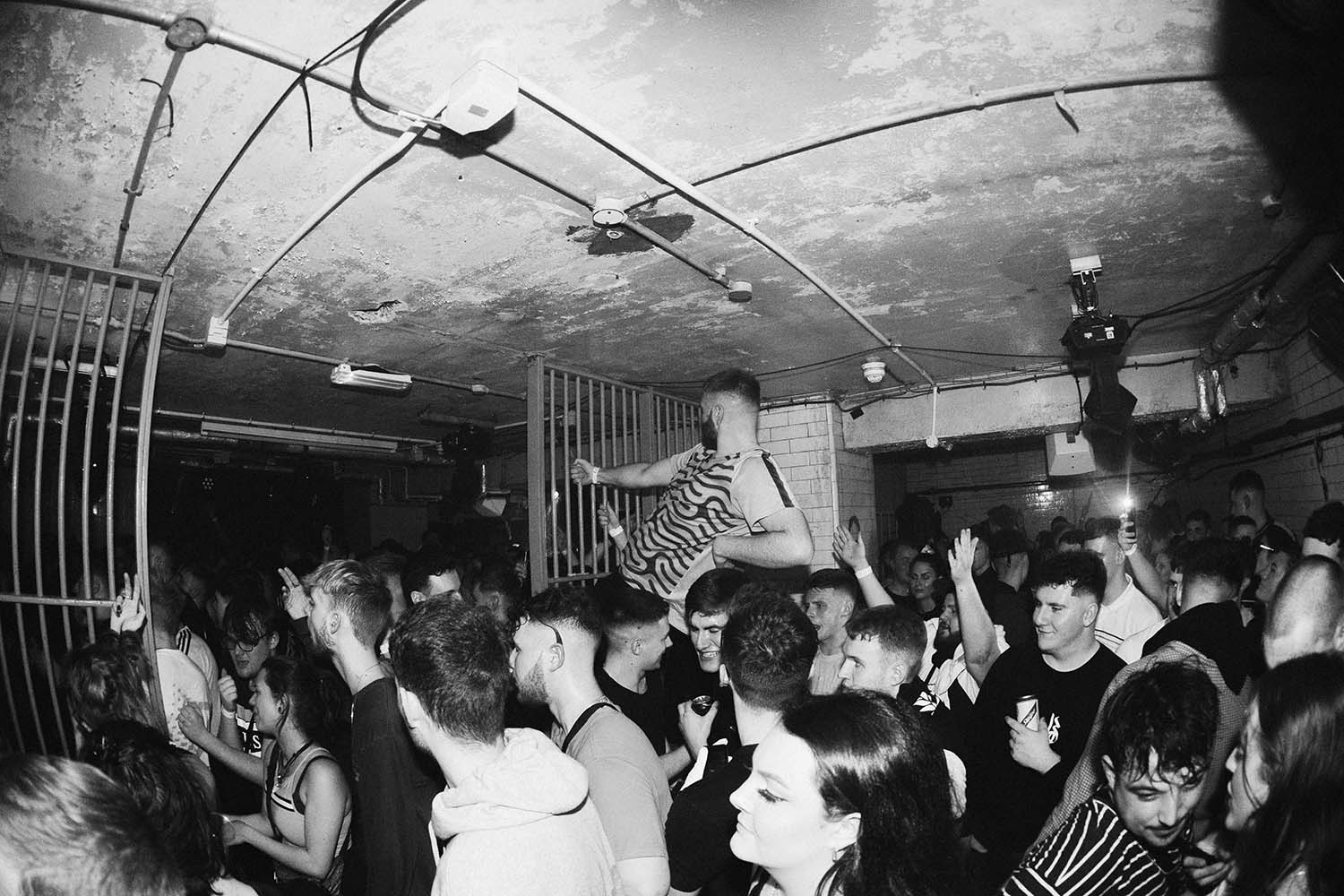A new exhibition in London is throwing light on the lesser-known works of one of the early 20th Century’s most influential photographers. Indeed, André Kertész has been described as one of the most important figures in the discipline during his early career, contributing greatly to the direction of post-Second World War photography in Europe in terms of composition, and influencing the likes of Henri Cartier-Bresson and his contemporaries.
So who was André Kertész? Born in Hungary in 1894, the artist began taking photographs in 1910 in his home country, before moving to Paris to continue his practice in the 1920s. Kertész moved to America in 1936, and popular thought is that his travelling ended there. Not so, as the exhibition at James Hyman Gallery shows. As well as his seminal early photojournalism, the show looks at work produced on his many return trips to Europe, including to London and Hungary in the immediate aftermath of the war, Spain in 1971, half a dozen trips to France in the ’70s, as well as little known visits to England in the years before his death in 1985. Several of the photographs presented here have never been exhibited before, giving a fresh insight into one of photography’s most important figures. André Kertész in Europe runs from 13 May to 13 June.
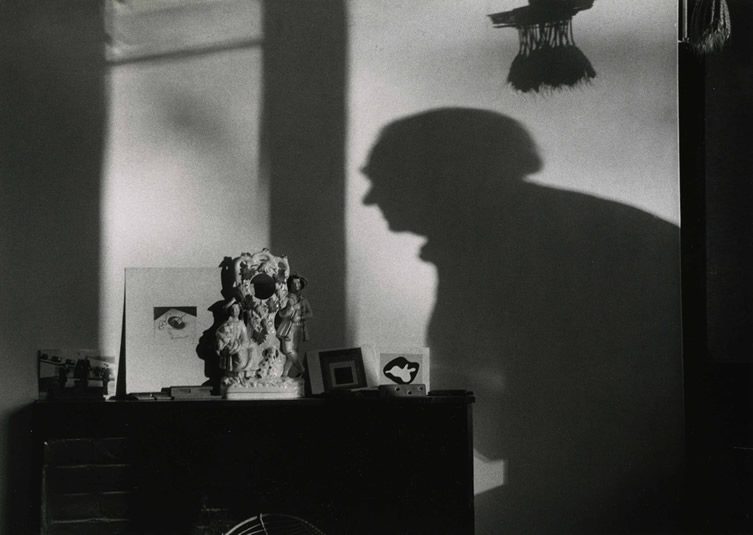
Andre Kertesz,
Henry Moore Shadow.
The Estate of Andre Kertesz 2015,
Courtesy James Hyman Gallery, London
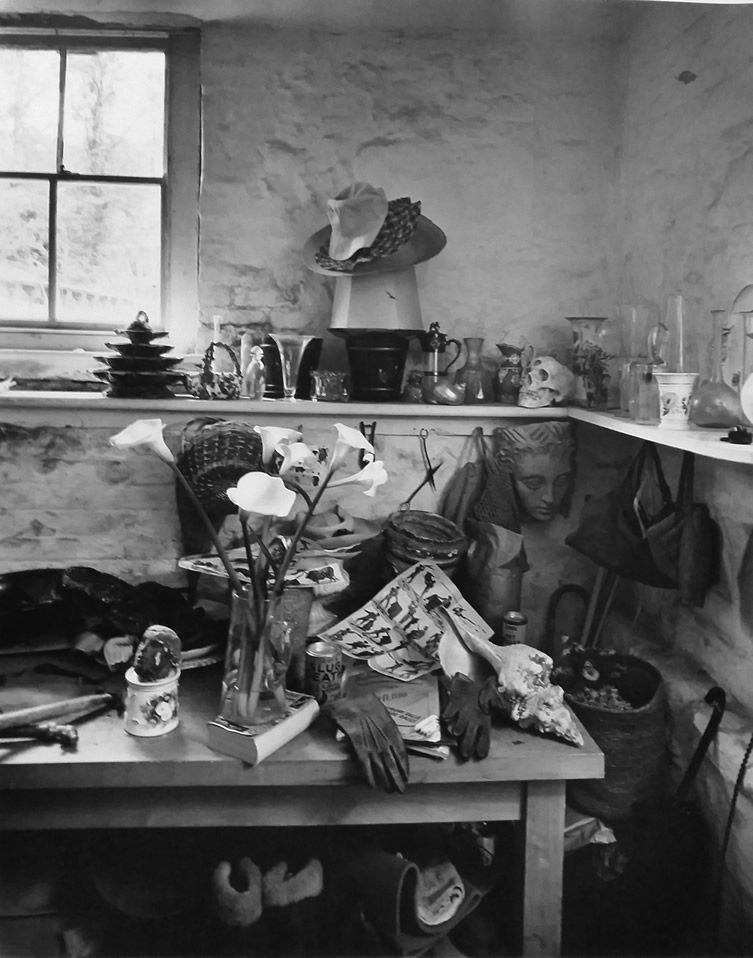
Andre Kertesz,
Cecil Beaton’s studio, England, 1948.
The Estate of Andre Kertesz 2015,
Courtesy James Hyman Gallery, London
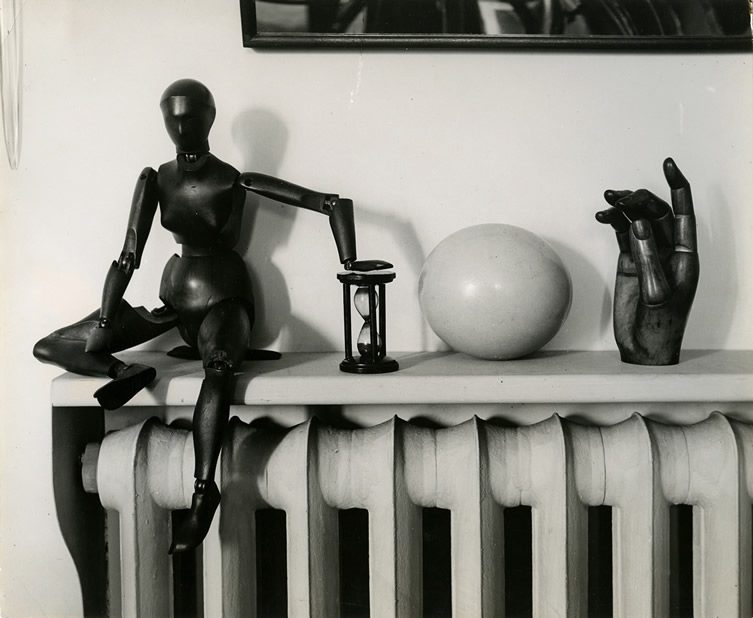
Andre Kertesz,
Masterpiece with wooden figure, wooden hand, timer #2.
The Estate of Andre Kertesz 2015,
Courtesy James Hyman Gallery, London
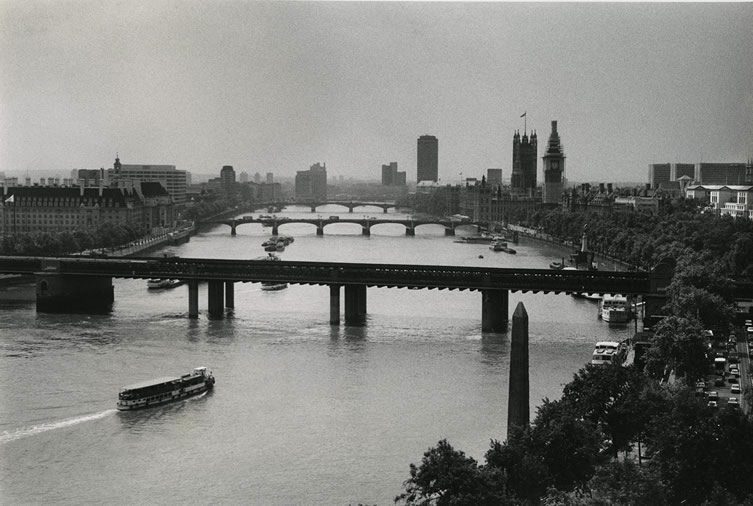
Andre Kertesz,
London, View from Embankment.
The Estate of Andre Kertesz 2015,
Courtesy James Hyman Gallery, London
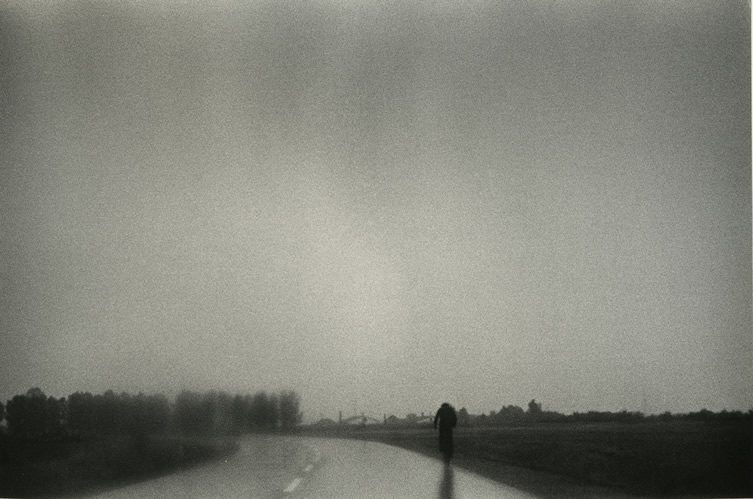
Andre Kertesz,
Hortobagy Country, Hungary (Man on a Bicycle), August 1984.
The Estate of Andre Kertesz 2015,
Courtesy James Hyman Gallery, London
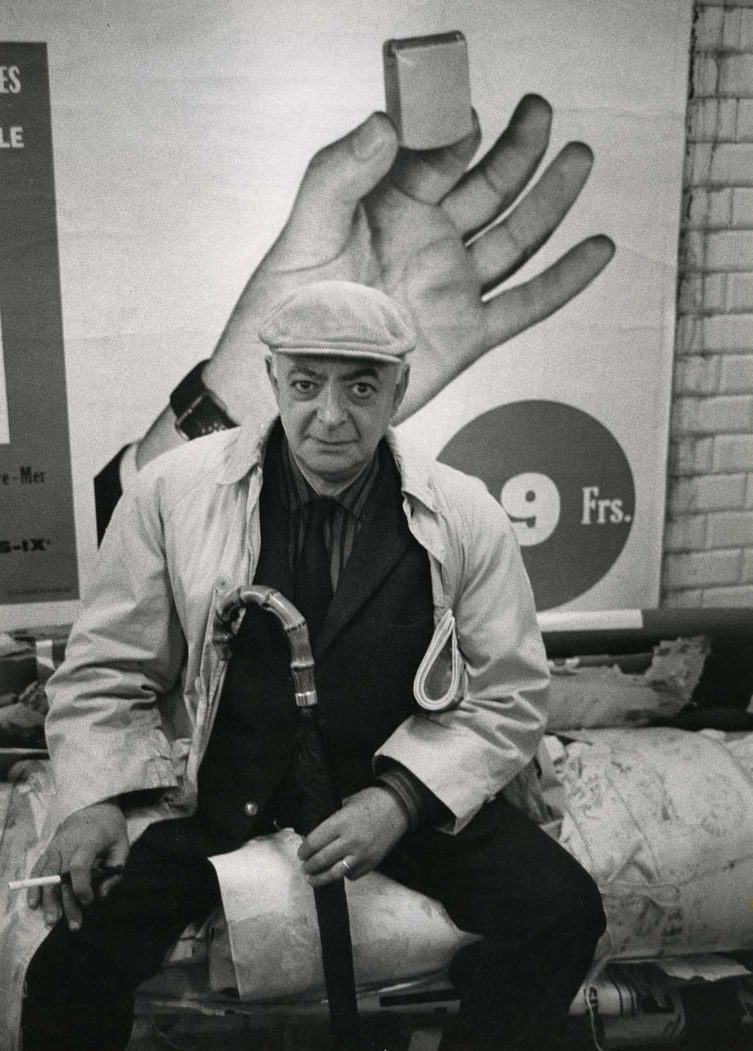
Andre Kertesz,
My friend Brassai, Paris, Nov 25.
The Estate of Andre Kertesz 2015,
Courtesy James Hyman Gallery, London
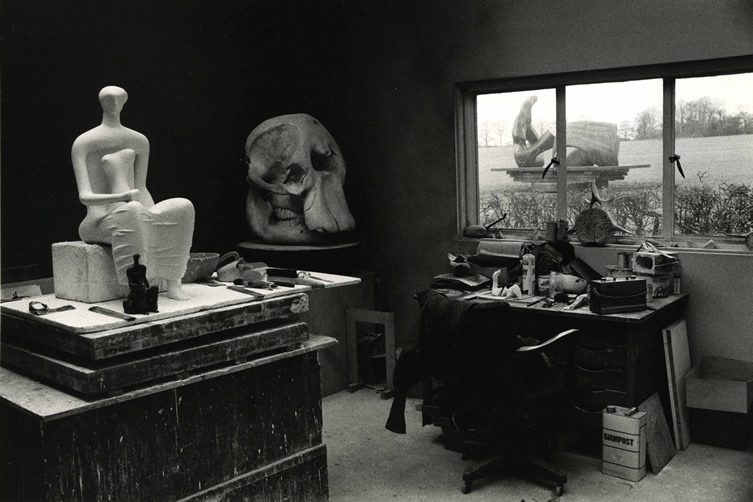
Andre Kertesz,
Henry Moore Studio with Elephant Skull, 1980.
The Estate of Andre Kertesz 2015,
Courtesy James Hyman Gallery, London
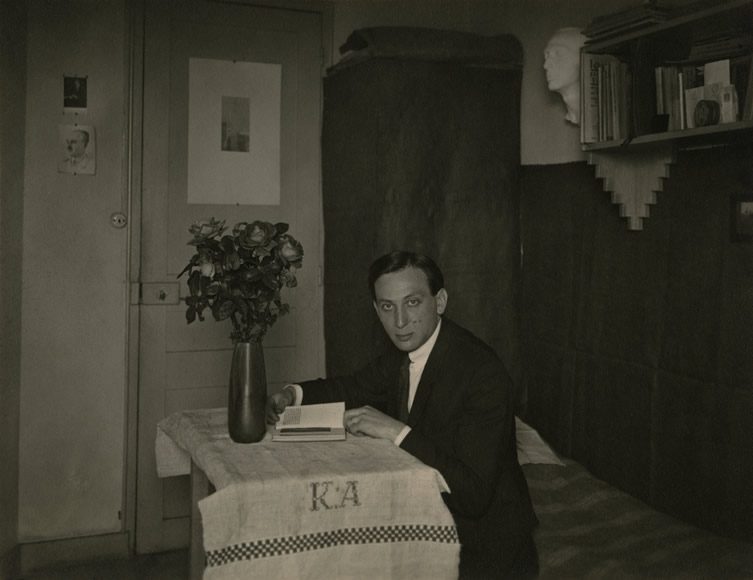
Andre Kertesz,
Andre Kertesz at table with flowers, Paris, 1927.
The Estate of Andre Kertesz 2015,
Courtesy James Hyman Gallery, London


